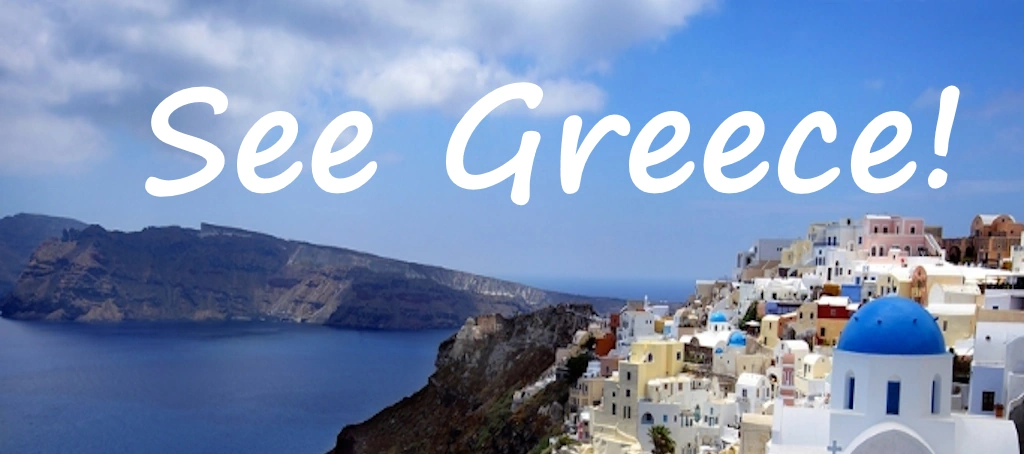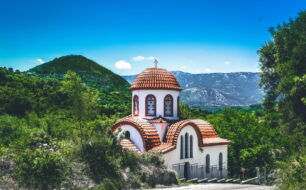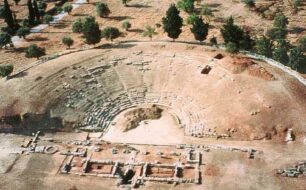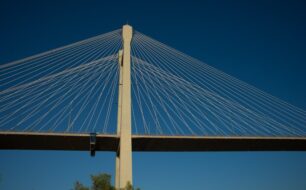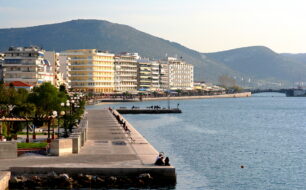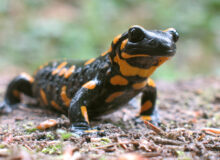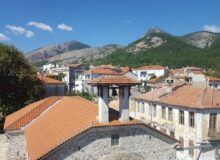See Greece presents a short guide to the Greek island of Evia with a brief history, the main towns and regions, geography, climate and main tourist attractions.

Evia: Greece’s Hidden Mainland Island
Introduction to Evia
Evia (Euboea), Greece’s second-largest island, is a unique blend of mainland accessibility and island charm. Connected to Central Greece by a short bridge, Evia offers dramatic landscapes, thermal springs, medieval castles, and secluded beaches—all without the crowds of more famous islands. Whether you seek mountain adventures, coastal relaxation, or cultural exploration, Evia delivers an authentic Greek experience just a stone’s throw from Athens.
History of Evia
Ancient & Classical Era
– Mythological Roots: Evia was said to be the realm of Poseidon, who split the island from the mainland with his trident (creating the Euripus Strait).
– Strategic Importance: The city of Chalkida (Evia’s capital) was a key naval hub, and the island played a role in the Persian Wars and Peloponnesian War.
– Aristotle’s Death: The philosopher died in Chalkida in 322 BC.
Byzantine & Venetian Rule
– Castles & Towers: The Karababa Fortress (Chalkida) and Bourtzi Castle (Karystos) were built to defend against pirates and invaders.
– Monastic Legacy: The Monastery of Saint David (6th century) is one of Greece’s oldest.
Ottoman & Modern Era
– Ottoman Influence: Evia was under Turkish rule until the 1821 Greek War of Independence.
– Earthquakes & Resilience: The island has faced destructive quakes (like the 2021 disaster) but remains a resilient, underrated destination.

Evia Geography
– Location: Just 50km from Athens, connected by the Chalkida Bridge (and a ferry to the northern tip).
– Landscapes:
– Mountainous interior (Dirfys and Ochi peaks).
– Thermal springs (Edipsos, famous since antiquity).
– Forests, gorges, and waterfalls (Dimosari Gorge).
– Long coastline with pebble beaches, sandy coves, and turquoise waters.

Climate of Evia
– Summer (June–September): Warm (25–35°C / 77–95°F), but less humid than Athens.
– Spring & Autumn: Ideal for hiking and sightseeing (15–25°C / 59–77°F).
– Winter: Cool and rainy, with snow in the mountains.
Key Regions of Evia
1. Northern Evia
– Edipsos: Legendary thermal spas (visited by Roman emperors).
– Lichadonisia: Tiny turquoise-water islets (the “Greek Maldives”).
– Artemisio: Site of the ancient naval battle against Persia.

2. Central Evia
– Chalkida: The bustling capital, famous for its tidal strait (water reverses direction every 6 hours).
– Dirfys Mountain: Hiking trails and traditional villages (Steni, Psachna).
3. Southern Evia
– Karystos: A charming coastal town with a Venetian castle and Bourtzi Tower.
– Mount Ochi: Home to the Dragon Houses (ancient megalithic ruins).
– Marmari: A quiet beach resort with views of the Cyclades.

Tourist Highlights
Beaches
– Chiliadou: A wild, pebbly beach with emerald waters.
– Agia Anna: Long sandy stretch with beach bars.
– Kalamos: Secluded cove with dramatic cliffs.
Historical & Cultural Sites
– Karababa Fortress (Chalkida): Panoramic views of the strait.
– Dragon Houses (Ochi): Mysterious prehistoric stone structures.
– Roman Aqueduct (Chalkida): A well-preserved ancient engineering marvel.
Unique Experiences
– Thermal Baths (Edipsos): Soak in healing hot springs like Aristotle Onassis did.
– Hiking in Dimosari Gorge: A lush canyon with waterfalls.
– Wine Tasting: Sample local Retsina and Mavroudi wines.
Conclusion
Evia is Greece’s best-kept secret—a mainland island with diverse landscapes, rich history, and few tourists. Whether you’re soaking in thermal waters, exploring ancient ruins, or swimming in hidden coves, Evia offers an off-the-beaten-path escape just hours from Athens.
Best for: Road-trippers, nature lovers, history buffs, and thermal spa enthusiasts.
